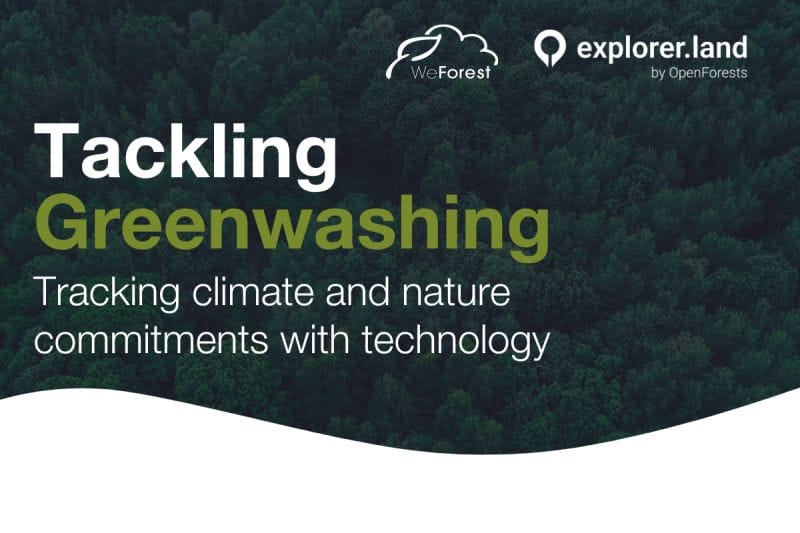Why the Push for Decarbonization?
The core reason behind the SBTi commitment is simple: we urgently need to cut down on carbon. Our world is straining due to human-driven activities that increase the greenhouse effect. This leads to more extreme weather, risks to various species, and challenges for economies and communities. Reducing carbon isn’t just a business strategy; it’s vital for the health of our planet.
Reducing carbon is the key to combating climate change. This mission means restructuring industries, moving to cleaner energy sources, and reducing our carbon footprint throughout our operations. But, if we aim to limit global temperature increases to below 1.5°C, merely setting net-zero goals won’t suffice.
A report on Global Warming by the IPCC stated that limiting global warming to 1.5°C would require “immediate, rapid and large-scale reductions in greenhouse gas emissions”. This insight stresses the importance of actions that go beyond just meeting targets. The latest findings from the IPCC also emphasize the need for the world to achieve net-zero emissions by the middle of this century. Even though a significant portion of the world’s economy is moving towards net-zero, there’s a notable difference in the depth and effectiveness of these commitments. Some lack consistent measures or have timelines that are too relaxed.
The SBTi’s Net-Zero Standard, introduced in 2021, stands out as a trustworthy model for businesses. With over 1,000 companies setting their sights on SBTi-validated targets, the corporate world is taking collective steps towards combating climate change.
But as we forge ahead, it’s worth pondering: Can we do more? How can companies not just achieve but surpass their commitments? The secret? Think beyond the value chain.
Beyond Your Business Operations
The idea is straightforward yet impactful. Beyond Value Chain Mitigation (BVCM) means understanding that while reducing one’s carbon footprint is crucial, businesses can be catalysts for more extensive transformations. This is about offsetting remaining emissions by supporting external projects that directly benefit the environment.
The Net-Zero Standard underscores the urgency for BVCM. It’s all about activities outside a company’s immediate operations, from efforts to cut down emissions to strategies for removing greenhouse gases from the air.
Here’s a fact to consider: tropical forests cover about a third of our land surface, but can contribute up to 30% of the required carbon reduction by 2030. However, in 2021 alone, an area of primary tropical forests equivalent to 3.75 million hectares was lost. This released more greenhouse gases than India’s annual fossil fuel emissions.
Photographer James Balog said, “We are the guardians of a precious flame, and it is our duty to pass it on, today, not tomorrow.” BVCM embodies this sentiment. By safeguarding carbon reservoirs like tropical forests, we can curb the vast emissions that arise from their decline.
Forests: Nature’s Carbon Absorbers
Forests aren’t just scenic; they’re essential. These sprawling ecosystems serve as our planet’s primary carbon absorbers. Their role is twofold: they soak up carbon dioxide while supplying us with fresh oxygen.
Despite their importance, tropical forests, which cover less than 7% of the Earth’s surface, are under significant threat. The alarming fact is that deforestation accounts for nearly 30% of the CO2 emissions released each year. With the current climate challenges, the role of forests in offsetting emissions becomes even more crucial. The Natural Climate Solutions Alliance suggests that conserving and restoring these forests could provide up to 30% of emissions reductions needed to keep global warming below 1.5°C.
Forests, therefore, present a tangible solution in the fight against climate change. They are among the most potent tools we have to address global warming. This realization brings us to BVCM. While the importance of BVCM is clear, its adoption has been slow, despite us being in a defining decade for climate action. As Dr. Jane Goodall aptly stated, “What you do makes a difference, and you have to decide what kind of difference you want to make.”
For businesses, the path forward is evident. It’s not just about internal sustainability measures. By complementing their SBTi pledges with comprehensive BVCM efforts, businesses can champion the drive towards a 1.5°C goal and catalyze a transition to a net-zero global economy by 2050.
Join Hands with WeForest
At WeForest, we’re passionate about restoring forests in some of the most vulnerable ecosystems worldwide. Partnering with us means you’re not just offsetting emissions, you’re building habitats, supporting biodiversity, and uplifting communities.
If you’re a company devoted to true sustainability, seize this moment. Show leadership that transcends numbers. Embrace the opportunity to create a lasting, green legacy—a legacy of optimism and proactive action.
Your sustainability journey has already distinguished you. Now, enhance your efforts and elevate your position among climate champions. Stand with WeForest in our mission to protect, restore and rejuvenate.















